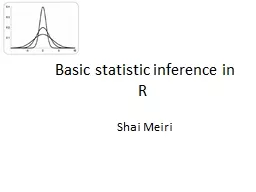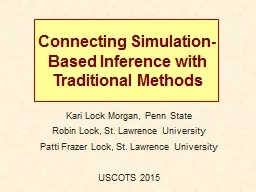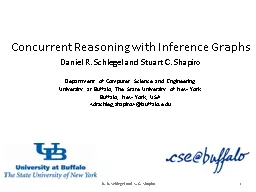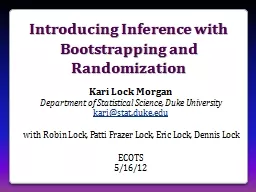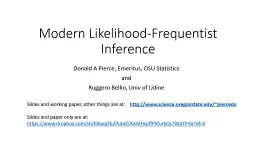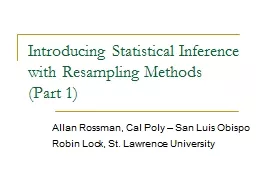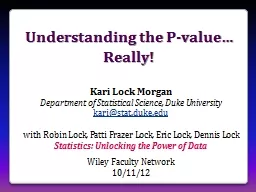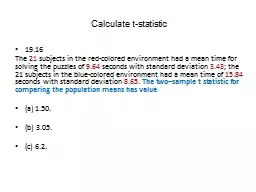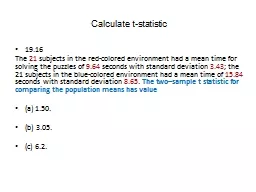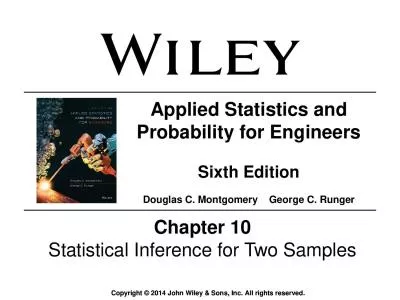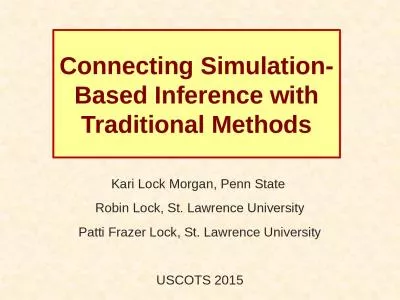PPT-Basic statistic inference in R
Author : lindy-dunigan | Published Date : 2016-07-26
Shai Meiri Everything differs We expect to find differences between x and y is a trivial saying The statistician within you asks Are the differences we found are
Presentation Embed Code
Download Presentation
Download Presentation The PPT/PDF document "Basic statistic inference in R" is the property of its rightful owner. Permission is granted to download and print the materials on this website for personal, non-commercial use only, and to display it on your personal computer provided you do not modify the materials and that you retain all copyright notices contained in the materials. By downloading content from our website, you accept the terms of this agreement.
Basic statistic inference in R: Transcript
Download Rules Of Document
"Basic statistic inference in R"The content belongs to its owner. You may download and print it for personal use, without modification, and keep all copyright notices. By downloading, you agree to these terms.
Related Documents

